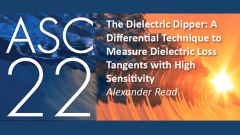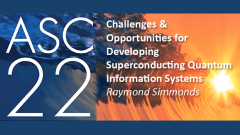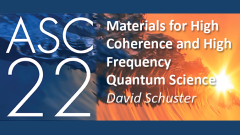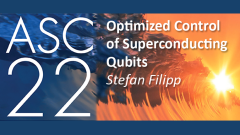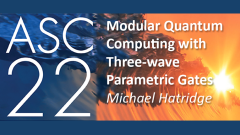A Superconducting Journey to a Black Hole & Beyond: Applied Superconductivity Conference 2020
"Until recently, the evidence for black holes had only been obtained indirectly; however, a large black hole consisting of 6.5 billion solar masses and residing 55 million light years away has now been imaged using superconducting detectors. This was a remarkable and common-culture captivating discovery requiring an “integrated telescope” collecting measurements from many radio astronomy observatories and an international cast of collaborating scientists and engineers. This discovery could not have been accomplished without the Superconducting Insulating Superconducting (SIS) detectors at the heart of every receiver that greeted each photon after its long journey through the heavens. Four of the observatories, and almost all of the 230 GHz detectors involved in this discovery, used SIS mixer chips that were fabricated at the University of Virginia Microfabrication Laboratories (UMVL) and developed in collaboration with the National Radio Astronomy Observatory’s (NRAO) Central Development Laboratory. Decades of technology development encompassing the materials, devices, and circuits for the detectors was truly an effort and success by the entire superconductivity community. Imaging this black hole is just one of many scientific success’s that superconductivity has enabled and several other astronomical discoveries will be highlighted in this talk."
"Until recently, the evidence for black holes had only been obtained indirectly; however, a large black hole consisting of 6.5 billion solar masses and residing 55 million light years away has now been imaged using superconducting detectors. This was a remarkable and common-culture captivating discovery requiring an “integrated telescope” collecting measurements from...
 Cart
Cart Create Account
Create Account Sign In
Sign In
